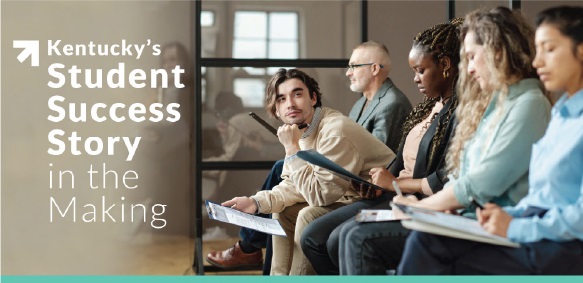Few avenues to material success are as reliable and universal as a college education. Over a lifetime, the average Kentuckian with a college degree will make $1 million more than their high school alternates. The average earnings rise, the median earnings rise, and employment at large is more common for those with college degrees. Even on the community and state level, college graduates participate in the economy more and require less assistance.
The Value of an Education
Most modern citizens of Kentucky or any state recognize the value a college degree can add. The question is not often if getting a degree is a good decision, but rather if it’s a practical one. Undergraduate enrollment specifically in Kentucky has been seeing massive declines for certain key groups. Low income earners have gone down 41% and adult learners down 46%.
Now more than ever the typical college student has become an affluent young adult right out of high school. Expanding the scope, the average educational attainment in the U.S. at large is 37%. Kentucky, by as early as 2030, wants 60% of the population to have some postsecondary education. The challenge is that the percentage of the population who currently have postsecondary education is 29%.
In an effort to bridge the gap between current and prospective education rates, Kentucky has been investing in new programs. These range wildly in their specific intent and method of accomplishing their goal. However, the overall intention across the board is the same, let’s give people the opportunity to get into and through schooling.
Kentucky Student Success Initiative
The Kentucky Student Success Initiative, for example, has raised millions in grants and investment to further education. This initiative focuses on three separate categories. The first is fulfilling students’ basic needs, something that three in five college students struggle with. The second focuses on improving transfer pathways. And the third focuses on increasing the effectiveness and implementation of gateway courses.
Each of these categories have been specifically studied and recognized as important elements for students’ success. One of the biggest obstacles for any college student is their finances. If a student ends up leaving school for financial reasons, the odds are very low that they’ll come back. Screenings which identify students who are at risk or need additional support can keep people in school and increase performance.
Meanwhile things like gateway courses and transfer pathways help ensure that those who are stable are incentivized to stay committed. A good gateway course, for instance, can cause a massive difference in which students move into their sophomore year. Meanwhile transfer pathways make sure that those who decide to find a better college fit can do so smoothly.
Conclusion
Initiatives and programs like these that are having an immediate impact on actual students. Returning the focus to adults and low income students, these present a clear focus point for new programs. For Kentucky, and states across the U.S. to reach the education rates they want, key groups cannot be ignored. Not only that, but getting students into college isn’t enough, graduation rates are just as much of a challenge. These are the challenges of modern higher education in Kentucky.

Source: Kentucky Student Success Collaborative







 WebProNews is an iEntry Publication
WebProNews is an iEntry Publication